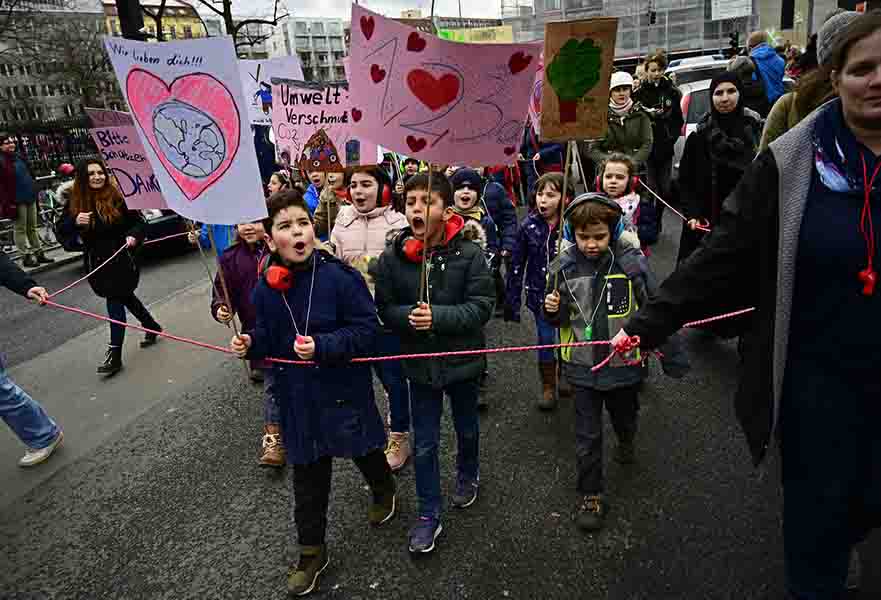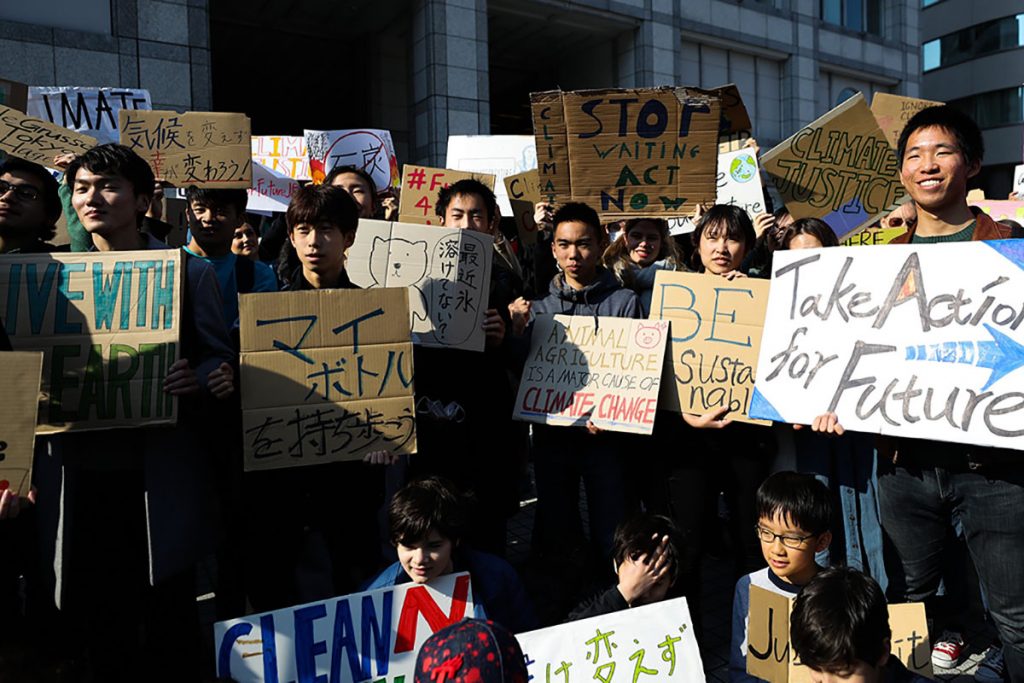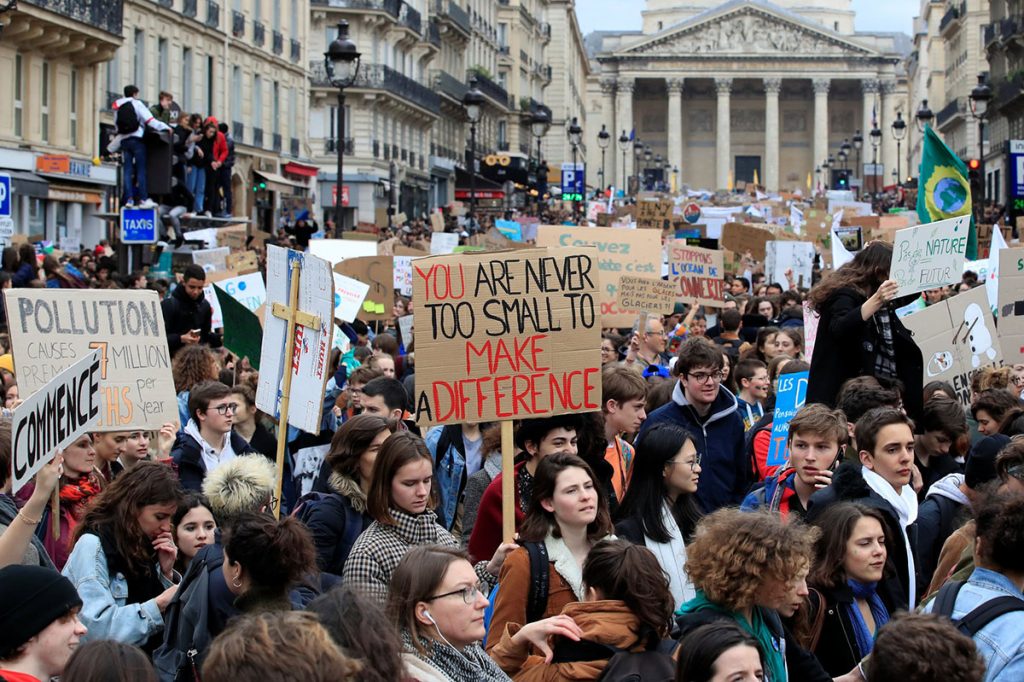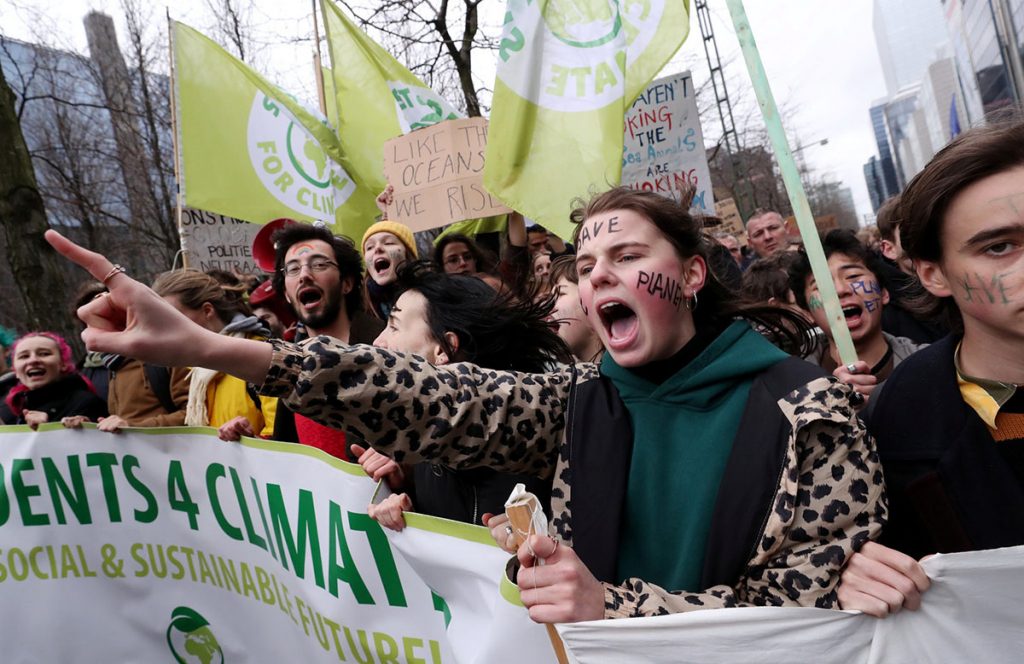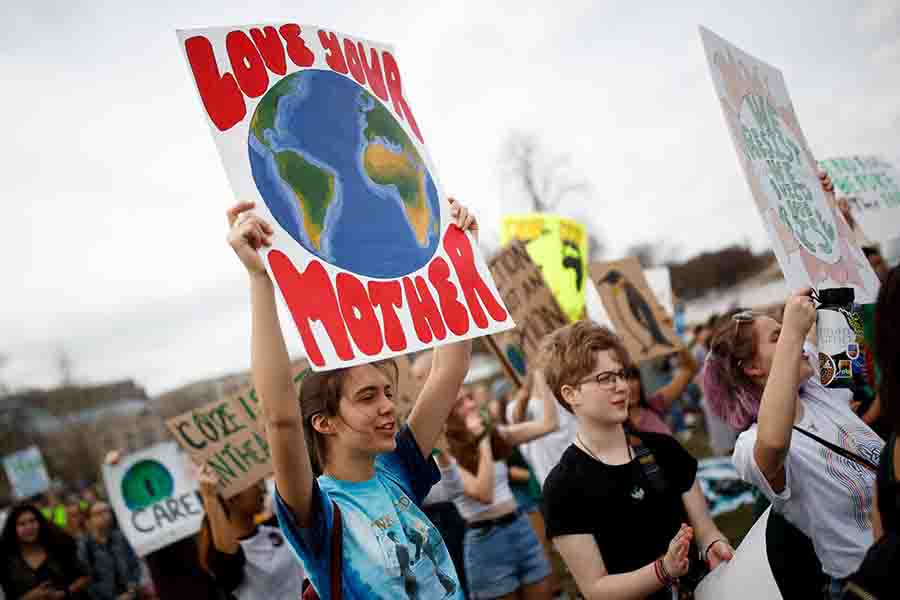Hundreds of thousands of students worldwide skipped school to raise awareness on the climate crisis. But, should this be a job for adults? IB World magazine investigates.
‘‘Climate change has been solved. The solution just needs to be implemented’’, said Greta Thunberg, the 16-year-old Swedish climate activist.

Last year, Greta refused to go to school and held a solo protest outside the Swedish parliament for three weeks to encourage politicians to prioritize climate change and treat it like a crisis. This kick-started the #FridaysForFuture movement, as Greta has been striking every Friday and will continue until a change is made. This inspired children all over the world to do the same.
In March 2019, the largest manifestation of the #FridaysForFuture movement took place, as hundreds of thousands of school children abandoned their lessons for a day. The demonstrations stretched to every continent, across more than 100 countries and 1,700 locations.
Recently, Greta and 15 other children filed a complaint with the United Nations. They argued that five of the world’s major economies – Germany, France, Brazil, Argentina and Turkey – have violated their human rights by not taking adequate action to stop the unfolding climate crisis. The children say the countries have failed to uphold their obligations under the Convention on the Rights of the Child. They do not ask for any monetary compensation, they want the countries to immediately adjust their climate goals and work with other nations to address the crisis.
Supporting student protests
Joe Seagram, Principal of IB World School King’s-Edgehill in Nova Scotia, Canada, supports the demonstrations. In fact, he recently provided a bus for interested students to attend a nearby march. IB Diploma Programme (DP) student Katie Goddard, who participated in the protest, says the #FridaysForFuture movement has helped bring the issue of climate change to the forefront for many young people who weren’t thinking about it much before.
“The protests are a valuable use of learning time because they raise awareness about global warming – an important step in convincing people to change their behaviour.” she says.
“Every bit of action taken against the climate crisis is relevant. Although posting about it on your Instagram feed doesn’t make a difference, you’re educating other people on the topic. It’s the same for the protests.”
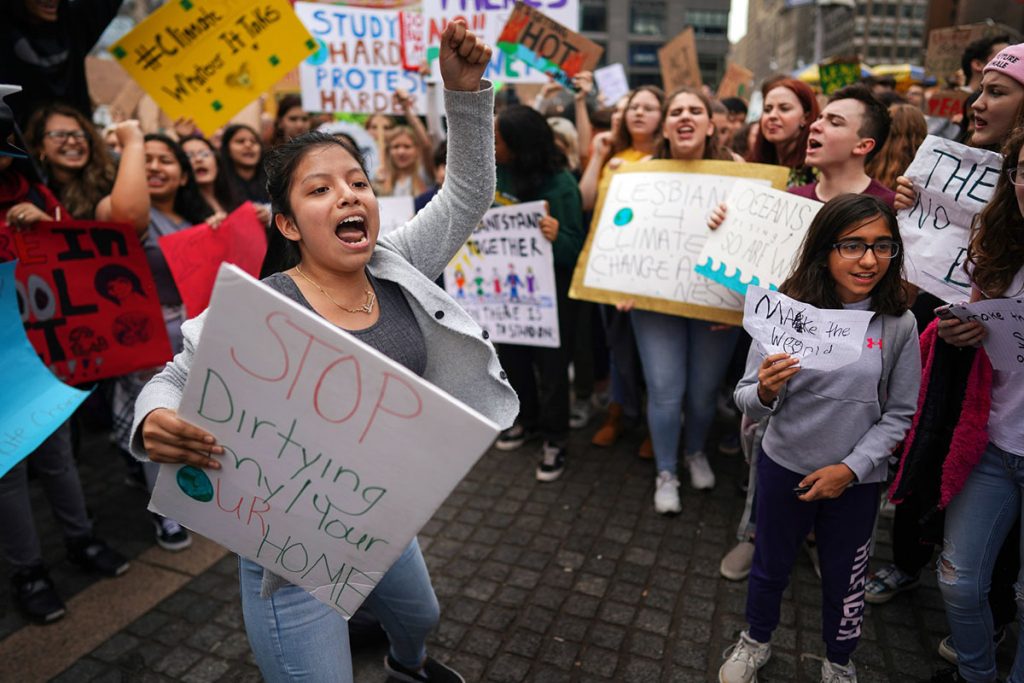
In addition to incorporating climate-change education into numerous courses, King’s-Edgehill has invested in making changes and has become a certified Nova Scotia ‘Green School’ in the process.
Some educators disagree that protests, which require students to take a day off school, are necessary. When Seagram met with other school adminstrators in the area beforehand, it was clear he was the only one on board with the demonstrations. He recalls that one head teacher threatened to suspend students for even advertising the protest, let alone missing a day of school to attend.
The culture of schools presents a big challenge, says Naini Basu, a Primary Years Programme (PYP) teacher. “Schools can get in the way of student agency because things are done in a certain way. Many times, students want to move things forward but cannot as the adults tell them it is not possible. Educators need to get their act together and ensure student agency is supported. Mark Twain’s quote is so apt here: ‘Don’t let your schooling interfere with your education’.”
She says “I completely agree with the school walkouts. Learning is not compromised. In fact, it enriches learning – the protests and walkouts are a fine example of a student agency. Students know they matter.”
At Basu’s school Town Centre Private Schools, in Canada, students have been learning about plants and insects and their role in the ecosystem, which has led to them creating a ‘bee-friendly garden’ on the school grounds. Some students have started growing their own gardens at home, too.
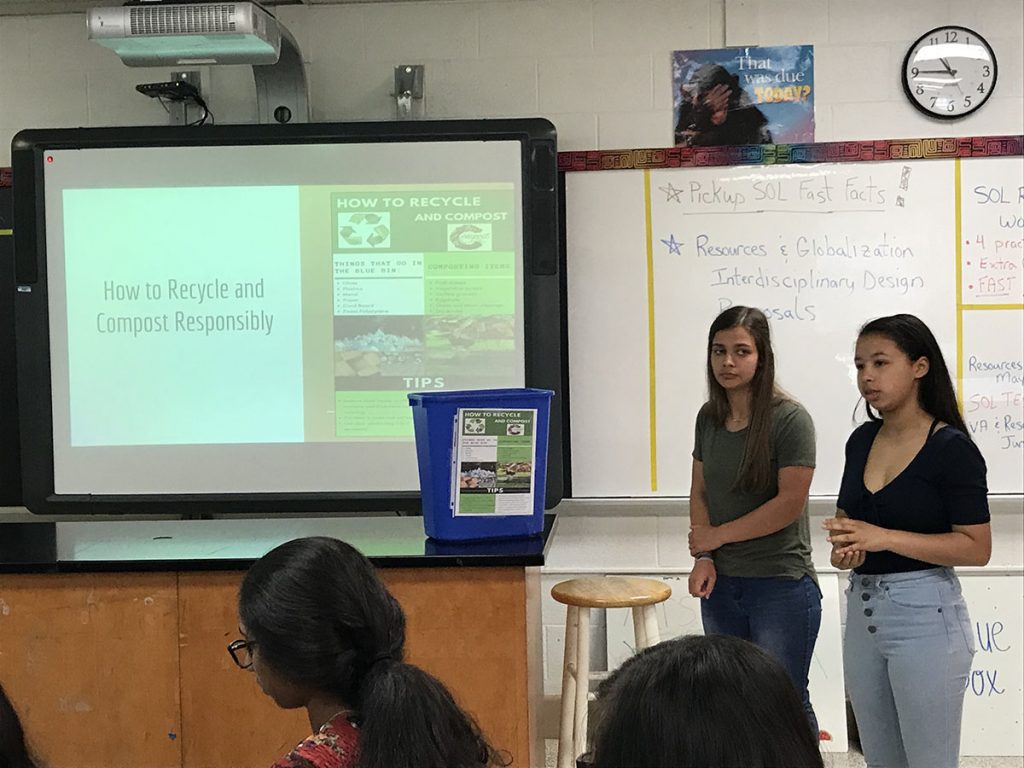
Creating change from inside the classroom
IB alumna Kerstin Forsberg believes Greta’s initiative is effective, but there are different ways of speaking up. Forsberg is a biologist, marine conservationist and founder of Planeta Océano (Planet Ocean), a non-profit organization that is focused on empowering people and conservation in Peru.
“It’s important for people to speak up and Greta is encouraging people to do this, which is what we need. She is the voice of the present and future. We need more young people, who have the conviction and knowledge to speak up.”
Forsberg says there are multiple channels to raise awareness. For example Planeta Océano has a group of students who are reporting sea turtle nesting to fishermen, and this contributed to research on manta rays in the Peruvian ocean. The organization works with local authorities to develop conservation management, action plans, and policies based on the science that has evolved from ‘citizen scientists’.
“We do work a lot with youth leaders and children, and we have many parades and out-reach events where we go out and speak with the community,” she says. “We don’t do protests. Our work is focused on bringing people together and communicating – we do a lot of bridging the gap between different sectors.
“There is not one single strategy that takes us to where we need to be. All of those are complementary. It is important to recognize the times we are in, and the challenges we are facing. It is essential that we do something about it. How you do it will depend on how children feel they need to act, or their different realities in their own communities and countries.”
Middle Year Programme (MYP) students at Plaza Middle School, in Virgina, US, learn ‘Glob alization and Resources’, as part of the interdisciplinary unit within individuals and societies and sciences.
As part of the class, students come up with a business idea, which includes the use of natural resources from both economic and environmental perspectives. “They evaluate the environmental and economic impacts of their selected natural resources. It’s connected to climate change, but indirectly,” says MYP teacher Anthony Nobles.
For example, students created a product that turns solar energy into drinkable water and others focused on using hydroelectric power, which is fuelled by different water sources.
Is it too much responsibility?
Other youth activists who have also made headlines, include Autumn Peltier a 15-year-old Canadian water activist; 12-year-old Mari Copeny also known as Little Miss Flint, because of her work bringing attention to Flint, Michigan’s ongoing water crisis; Xiye Bastida, a 17-year-old climate activist based in New York City; and 10-year-old climate activist Vic Barrett.
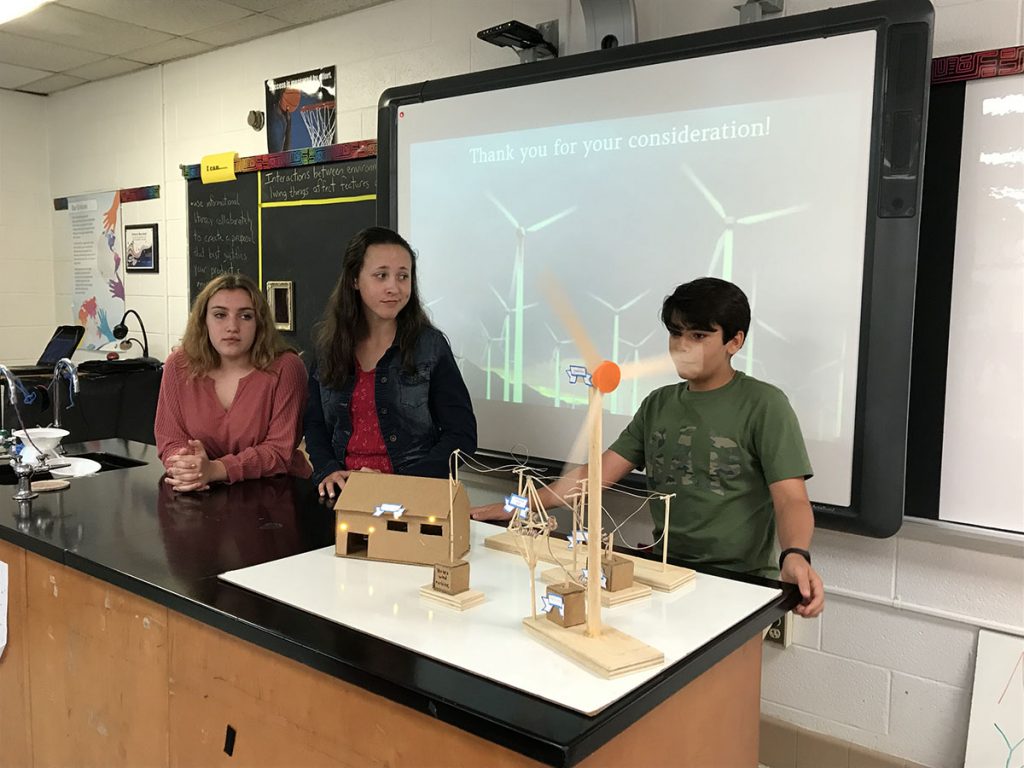
Everyone has the ability to enact change and have impact, at any age. But is demanding action too much responsibility for young people? Should this just be a job for the adults?
Kumi Naidoo, Amnesty International’s Secretary General, says: “It’s unfortunate that children have to sacrifice days of learning in school to demand that adults do the right thing. However, they know the consequences of the current shameful inaction both for themselves and future generations. This should be a moment for stark self-reflection by our political class.”
Basu agrees. She says: “In a recent interview, Greta claimed that she should be at home, learning, playing and spending time with her family and dogs instead of campaigning around the world, meeting foreign dignitaries. Adults need to put their knowledge and experience to use to create a better world for future generations. We should remember that it is the same adults who have let these issues proliferate.”

Nobles believes that children can get the world to listen through the political process, and demanding action for climate change is not too much responsibility for young people. “We all have a different part to play, and some people’s roles are larger than others,” he says.
“In middle school, students can learn as much as they can and share that learning with peers, parents, and the community.”
Nobles adds: “Climate change is our responsibility, collectively. It is tempting for students to feel that they don’t have a voice, but their lives will be impacted by climate change more than older generations.”
